Concrete countertops that mimic the appearance of granite offer a cost-effective and customizable alternative to natural stone surfaces. These countertops combine the durability and versatility of concrete with the aesthetic appeal of granite, providing homeowners with a unique and stylish option for their kitchens and bathrooms. Here, we’ll explore the process of creating concrete countertops that resemble granite, along with their benefits, installation methods, maintenance tips, and frequently asked questions.
Design and Color: One of the key advantages of concrete countertops is their ability to replicate the look of granite through various design techniques and color options. Concrete can be tinted, stained, or textured to mimic the veining, speckling, and natural variations found in granite, allowing for endless customization possibilities.
Durability: Despite its seemingly delicate appearance, concrete countertops are remarkably durable and resistant to scratches, stains, and heat. When properly sealed and maintained, they can withstand the rigors of everyday use in the kitchen without showing signs of wear and tear.
Customization: Concrete countertops offer unparalleled flexibility in terms of design, shape, and size. They can be cast in virtually any shape or configuration to fit the specific dimensions and layout of your kitchen or bathroom. Additionally, custom additives and aggregates can be incorporated into the concrete mix to create unique textures and patterns.
Sealing and Protection: To achieve a granite-like appearance and enhance durability, concrete countertops are typically sealed with a high-quality sealer or epoxy coating. This not only protects the surface from stains and moisture but also adds depth and richness to the colors and textures, mimicking the polished finish of granite.

Installation Process: Installing concrete countertops that resemble granite involves several steps, including templating, casting, curing, polishing, and sealing. The process requires skilled craftsmanship and attention to detail to ensure precise measurements, proper reinforcement, and a flawless finish.
Templating: Before pouring the concrete, templates are created to accurately outline the shape and dimensions of the countertops. This step is crucial for achieving a precise fit and seamless integration with the surrounding cabinetry and fixtures.
Casting and Curing: Once the templates are in place, the concrete is mixed with pigments, additives, and reinforcing materials before being poured into the molds. After curing for several days, the countertops are demolded, polished, and refined to achieve the desired finish.
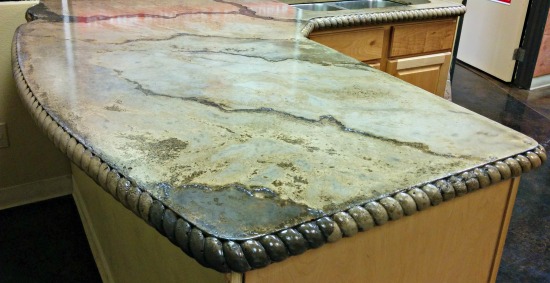
Texturing and Veining: To mimic the natural variations and textures of granite, artisans may use techniques such as hand-troweling, acid etching, or stamping to create veining, speckling, or other distinctive patterns in the concrete surface.
Color Matching: Achieving an authentic granite-like appearance often involves careful color matching and layering of pigments and stains to replicate the depth and complexity of natural stone. This process requires skill and expertise to achieve realistic results.
Polishing and Finishing: After the concrete has cured, the countertops are polished using diamond abrasives to achieve a smooth, glossy finish reminiscent of polished granite. Additional sealers or waxes may be applied to enhance the sheen and protect the surface from stains and abrasions.
Maintenance: Despite their durability, concrete countertops require regular maintenance to preserve their appearance and performance. It’s essential to clean spills promptly, avoid abrasive cleaners or scrubbers, and reseal the surface periodically to protect against staining and moisture penetration.
Avoiding Damage: While concrete countertops are resistant to heat and scratches, they are susceptible to chipping or cracking if subjected to excessive force or impact. To prevent damage, use cutting boards, trivets, and hot pads when cooking, and avoid dropping heavy objects onto the surface.
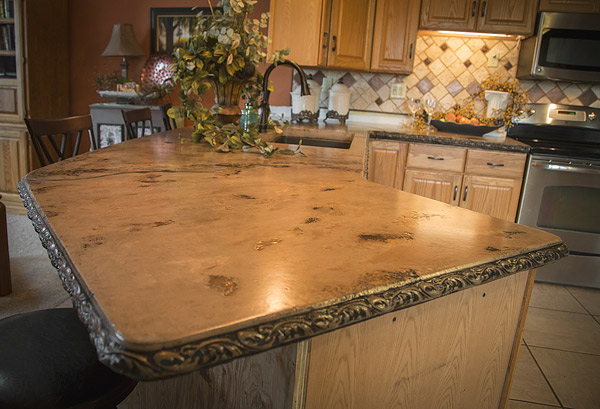
Longevity: With proper care and maintenance, concrete countertops that resemble granite can last for decades, providing enduring beauty and functionality in your kitchen or bathroom. Periodic resealing and refinishing may be necessary to refresh the appearance and extend the lifespan of the countertops.
Cost Considerations: While concrete countertops offer a more affordable alternative to natural granite, they can still be relatively expensive due to the labor-intensive installation process and customization options. However, they often provide better value in terms of longevity and durability compared to other materials like laminate or tile.
Aesthetic Appeal: Concrete countertops that mimic the look of granite offer a timeless and elegant aesthetic that complements both modern and traditional kitchen designs. The rich colors, intricate patterns, and tactile textures of granite are faithfully recreated in concrete, adding depth and character to any space.

Are concrete countertops as durable as granite?
Concrete countertops are highly durable and resistant to scratches, stains, and heat, making them comparable to granite in terms of performance and longevity. Proper sealing and maintenance are essential to ensure durability and longevity.
Can I customize the color and design of concrete countertops to resemble granite?
Yes, concrete countertops offer extensive customization options in terms of color, texture, and pattern, allowing you to replicate the look of granite or create a unique design that suits your preferences and style.
How do I clean and maintain concrete countertops that resemble granite?
To clean concrete countertops, use a mild detergent and warm water solution, avoiding abrasive cleaners or scrubbers that can damage the sealant. Periodically reseal the surface to protect against stains and moisture penetration.
Are concrete countertops prone to cracking or chipping?
While concrete countertops are generally durable, they can chip or crack if subjected to excessive force or impact. Use cutting boards, trivets, and hot pads to protect the surface from damage, and avoid dropping heavy objects onto the countertop.
What is the cost comparison between concrete countertops and natural granite?
Concrete countertops typically offer a more affordable alternative to natural granite, although the total cost can vary depending on factors such as customization, installation complexity, and local labor rates. Despite the initial investment, concrete countertops often provide better long-term value and durability compared to other materials.
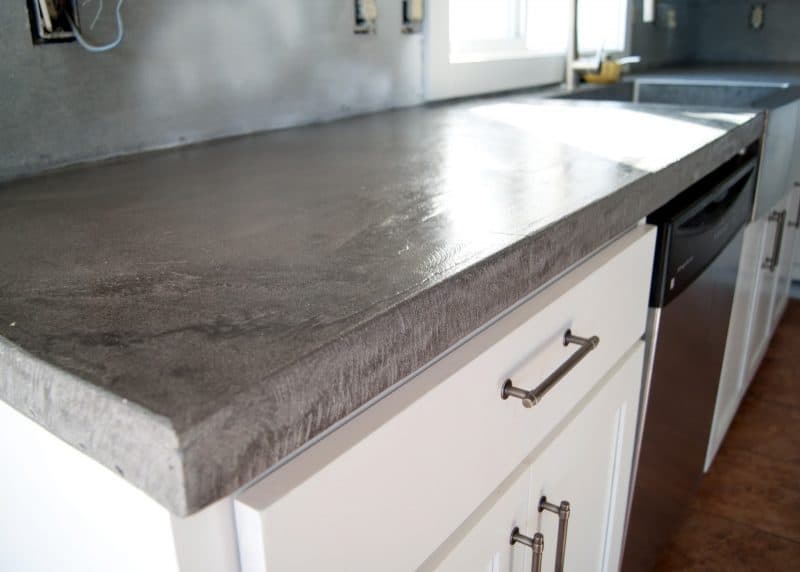
Creative Concrete Countertop Designs

How to Make Concrete Countertops Look Like Marble Direct Colors
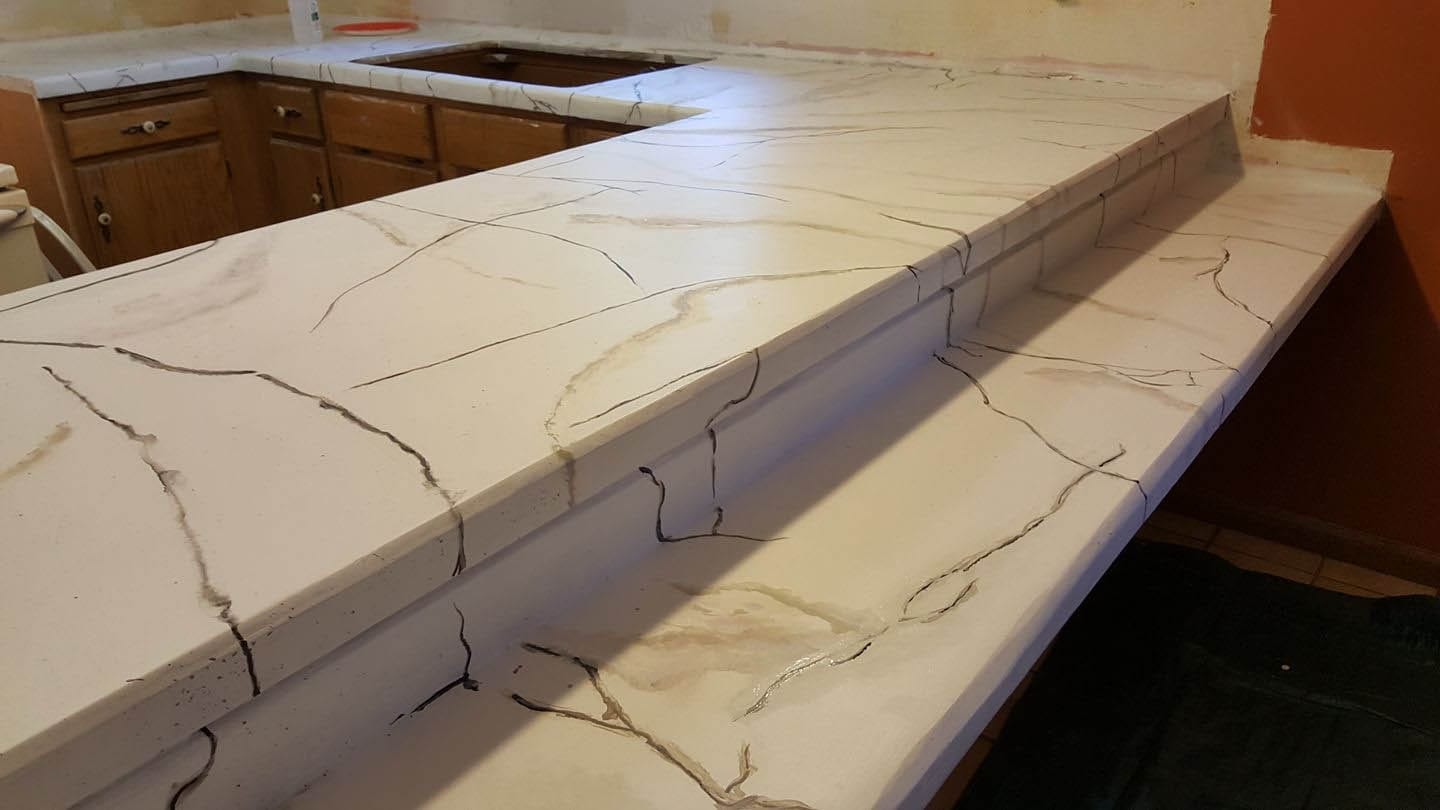
Concrete Countertops that Look Like Granite Slabs
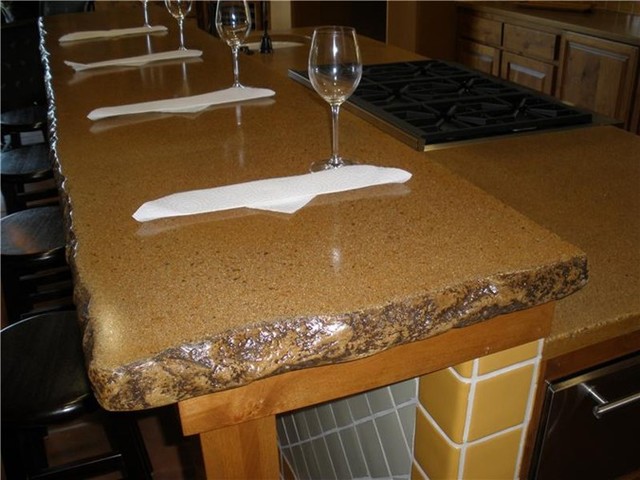
Concrete Countertops: Creativity and Ingenuity
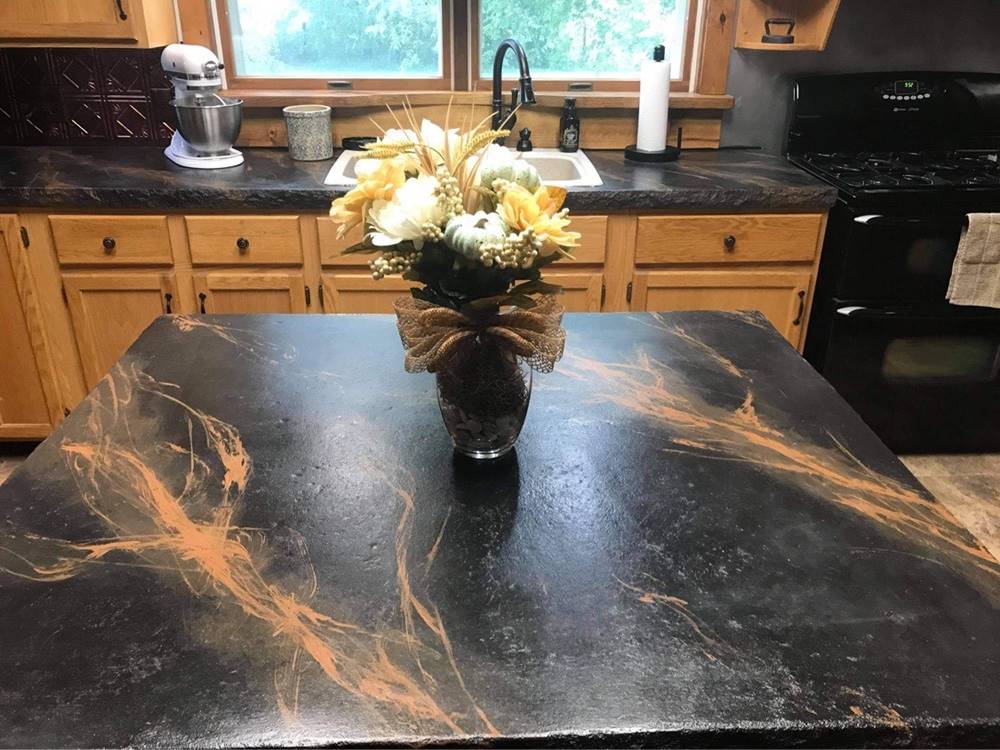
how to make concrete countertops look like granite Pictures Of

Concrete Countertops That Look Like Granite
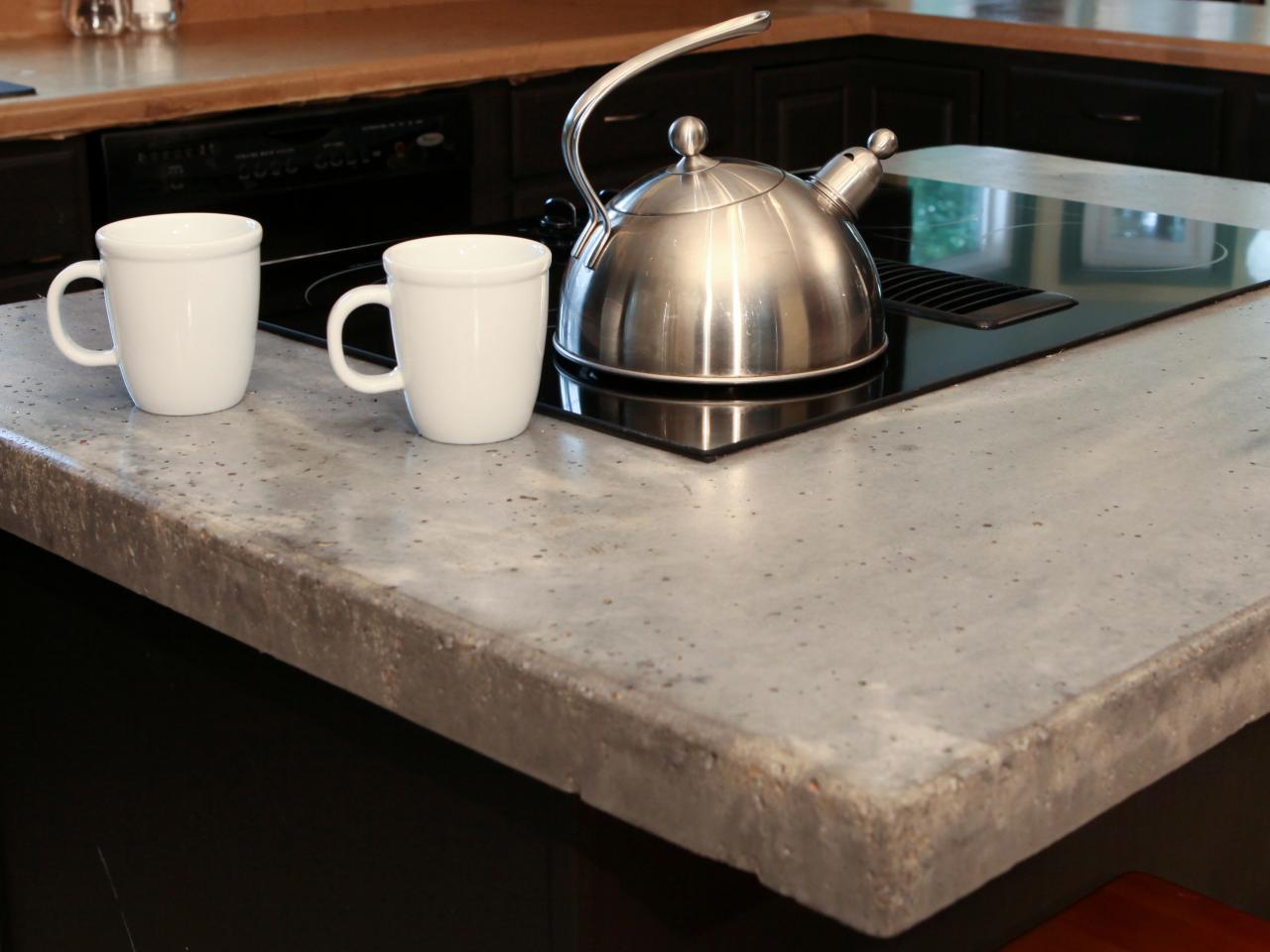
Related articles: